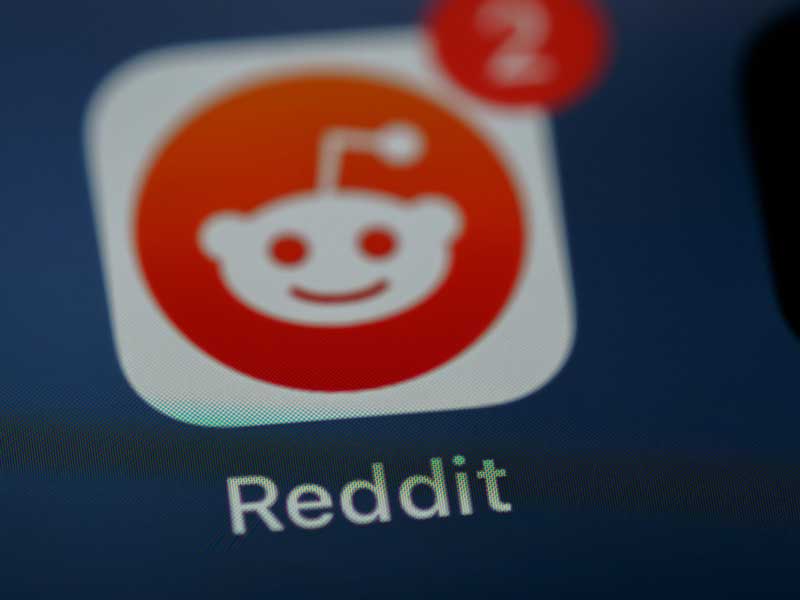Some private higher ed institutions have been in a financial battle for decades. Following a string of campus closures during the mid 2010’s, the COVID-19 crisis offered relief through its federal student aid bill. Now, with that aid about to expire, private colleges find themselves back to square one in balancing the books and finding financial viability.
Some institutions are even facing permanent closure. Helen Drinan, ex-Interim President of the private liberal arts college Cabrini University, was brought in to steady a sinking ship and guide the financially failing institution back into calmer fiscal waters. Despite the Interim President’s best efforts, Cabrini announced its planned closure after the 2024 Spring semester.
Drinan told CNN, “you can cut lots of different things, but if you can’t build new revenue, you really are playing for time.”
Taking heed from Drinan’s advice, private colleges are now at a call to arms for the most prominent stream of generating revenue – students. With a demographic cliff looming and the value of higher education as a whole coming under scrutiny, the fight for a shrinking pool of new students seems daunting. But fear not, with some strategic positioning, your private institution can ride out the storm.
Benefits of private colleges
Let’s start with the basics: what makes private colleges special? Private colleges offer a wide range of benefits when compared with larger public institutions. When enrolled with cohorts numbering in the thousands, larger institutions can fail at meeting the individualization that students crave from their education.
Private colleges are more likely to offer specialized departments or courses and can give students more intimate access to leading faculty, facilities and job opportunities. Combined with the strong alumni and employer networks that are frequently embedded into private college life, students have more chances to find gainful employment after graduating.
It’s also worth noting that while in-state tuition can be cheaper comparatively, private colleges often provide large sums of financial aid to students which can negate the initial price tag on their tuition.
Granted, you may have already been aware of all this. But it’s how colleges communicate these benefits that can make a huge difference in coaxing students through your doors.





